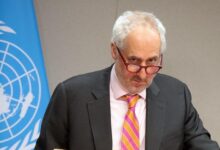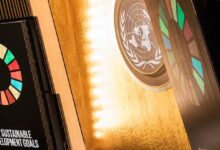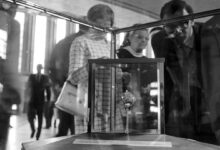Stories from the UN Archive: Archivists unerase mystery woman
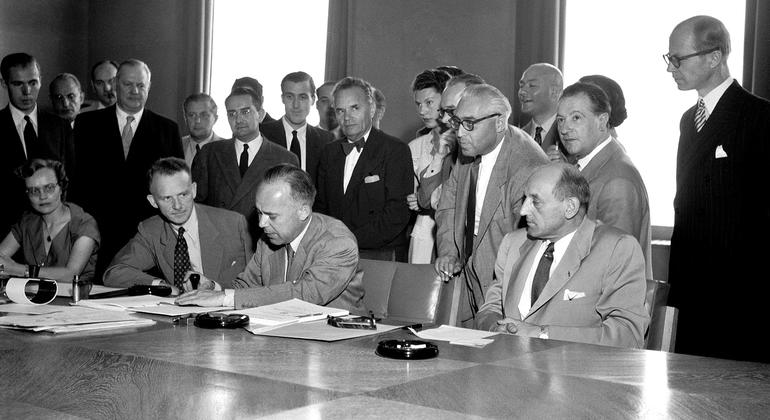 Too often, women’s names have been erased from history, including at the signing of the landmark Refugee Convention in 1951. But, this is no longer the case for Margaret (Kitchen) Bruce, thanks to tenacious deep diving archive teams from across the UN Organization.
Too often, women’s names have been erased from history, including at the signing of the landmark Refugee Convention in 1951. But, this is no longer the case for Margaret (Kitchen) Bruce, thanks to tenacious deep diving archive teams from across the UN Organization.
To mark World Refugee Day, celebrated annually on 20 June, we’re telling you what was uncovered by these ambitious archivists from the UN refugee agency, UNHCR, the UN Office in Geneva and the UN Archives and Records Management Section (ARMS), which has been preserving the Organization’s memories since the very beginning in 1945:
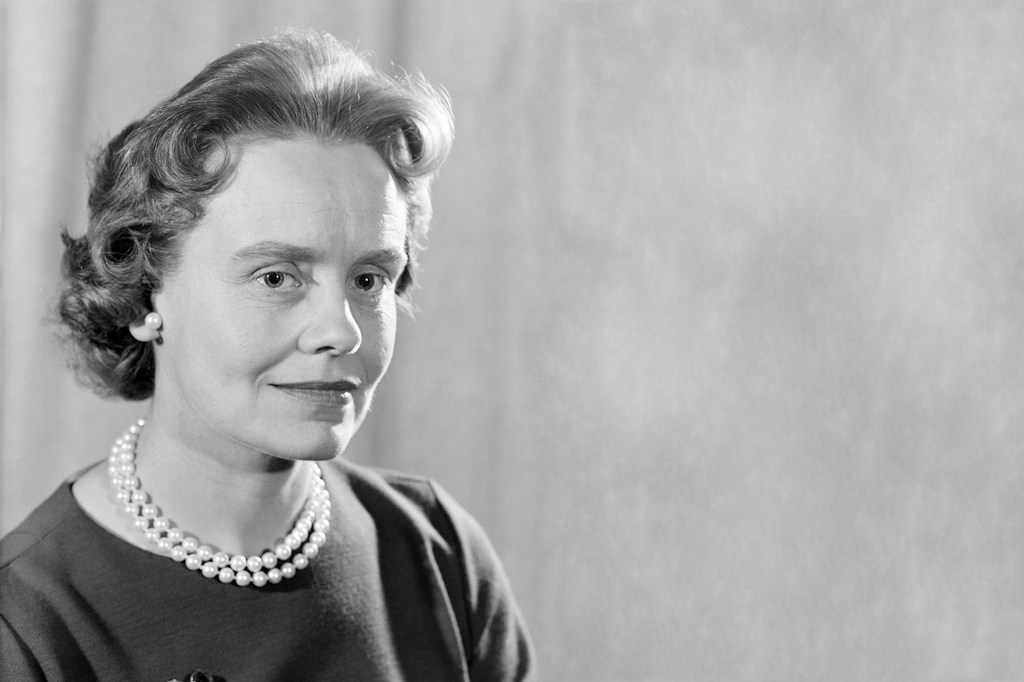
UN Photo
Portrait of Margaret Bruce, a social affairs officer with the human rights division of the UN Department of Economic and Social Affairs. (file)
“When the world commemorated the 70th anniversary of the 1951 Refugee Convention, ARMS was presented with a mystery.
The Office of the UN High Commissioner for Refugees (UNHCR) noticed that a photograph caption from the 1951 Convention identified three men who were present, but failed to name the only woman seated at the table.
In a quest to find an answer, archives teams from UNHCR, the UN Office in Geneva and ARMS joined forces to identify this woman.
The first clue came from Knud Larsen, President of the Conference, seated in the middle of the photograph. In his convention speech, he thanked a “Miss Kitchen”, Deputy Executive Secretary – located on his right – for keeping the conference on track. Additional research disclosed that her first name was Margaret.
We then discovered that shortly after the 1951 Convention, she married and changed her name to Margaret Bruce.
This discovery opened her life story to us.
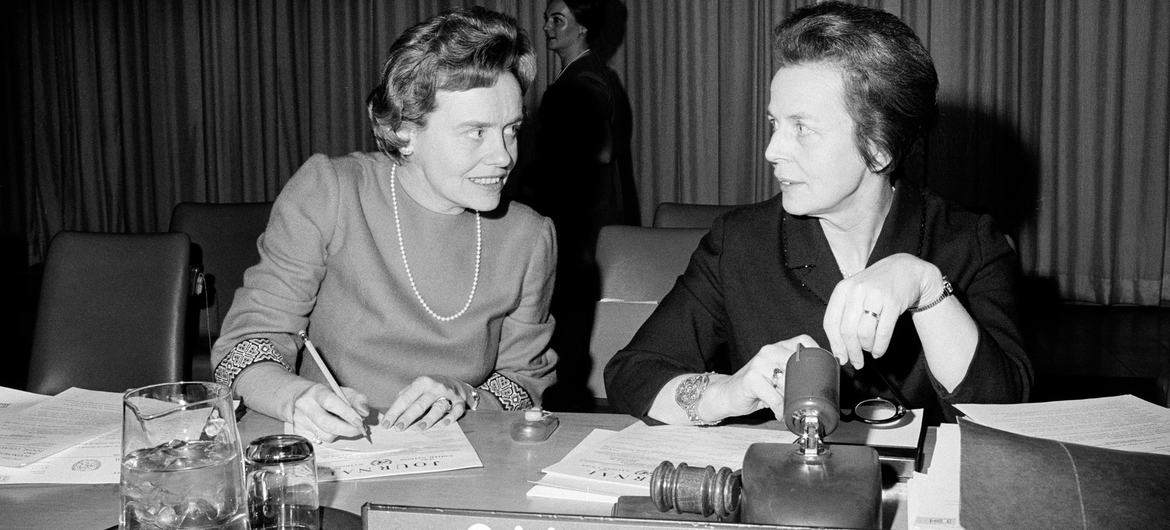
UN Photo
Margaret K. Bruce (left), Chief of the Status of Women Section at the UN Division of Human Rights, conversing with Helvi L. Sipila of Finland, Chair of the Commission on the Status of Women session in 1967. (file)
Margaret (Kitchen) Bruce was born in the United Kingdom, joining the Secretariat at the first UN General Assembly in London in 1946.
Moving with the Organization to New York, she later married a fellow staffer, William James Bruce.
Initially joining the Human Rights Division, Margaret worked directly with Eleanor Roosevelt during the drafting of the Universal Declaration of Human Rights.
She served in many key roles throughout her 32-year tenure, including the Deputy Director of the Centre for Social Development and Humanitarian Affairs.
She retired from the UN in 1977.
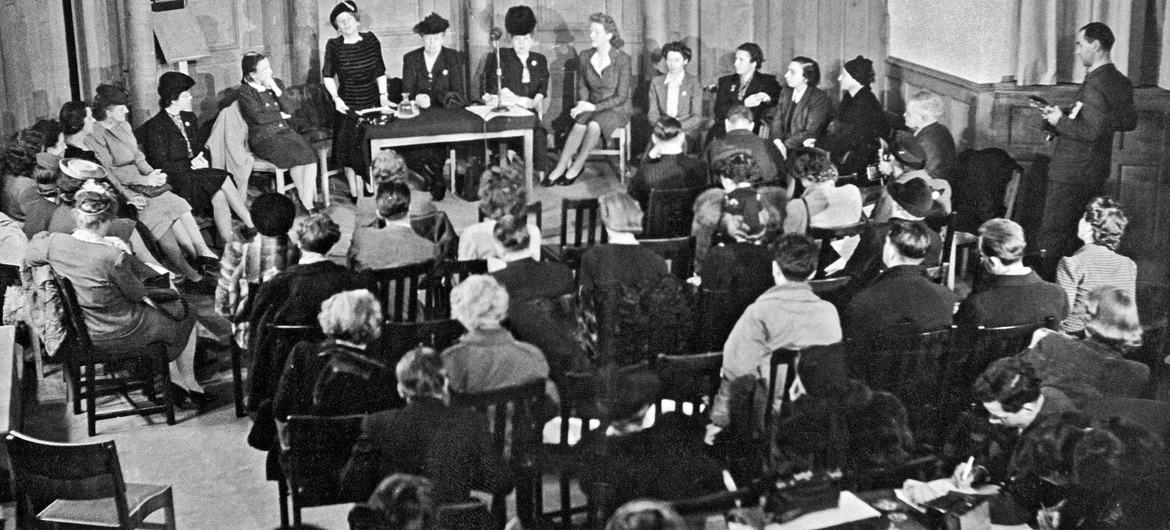
UN Photo/Marcel Bolomey
During the first UN General Assembly session in 1946 in London, former US First Lady Eleanor Roosevelt called a meeting of women delegates. (file)
Through ARMS’s careful review of the documentary evidence, her identity was rediscovered, and thus her contributions were finally revealed to the world!
Following the discovery, the caption of the photograph was amended and now includes Margaret’s name.”
That’s right. The caption in UN Photo’s archive now reads, in full:
“On July 28 [1951], at the Palais des Nations, Geneva, twelve nations signed the Convention Relating to the Status of Refugees, drafted by the World Conference on Refugees and Stateless Persons which met here from 2 to 25 July. Israel signed later. Nations signing were Austria, Belgium, Colombia, Denmark, Luxembourg, Netherlands, Norway, Sweden, Switzerland and Liechtenstein, United Kingdom and [then] Yugoslavia.”
Seated at the table from left to right: “Margaret Kitchen, Deputy Executive Secretary; John Humphrey, Director of the Human Rights Division; Knud Larsen (Denmark) President of the Conference; Dr. G. J. Van Heuven Goedhart, High Commissioner for Refugees.”
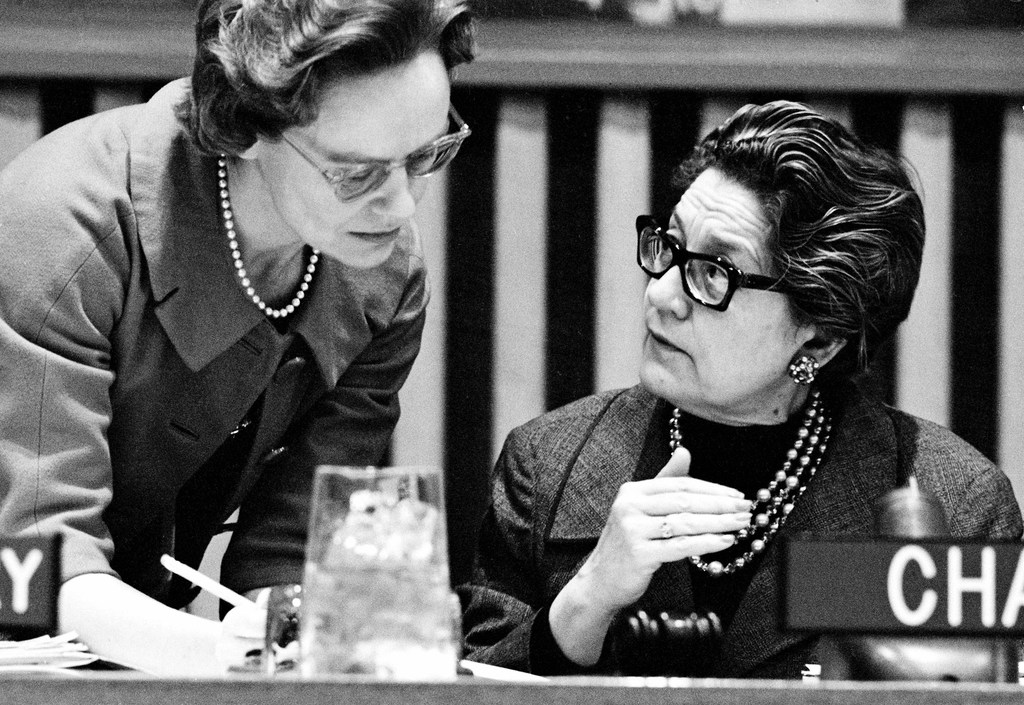
UN Photo
In 1963, Chief of Section for the Status of Women at the UN Secretariat Margaret K. Bruce (left) speaks with the Chair of the 17th session of the Commission on the Status of Women (CSW), Maria Lavalle Urbina of Mexico. (file)
UN News showcases epic moments and outstanding individuals who are part of UN history, cultivated from the UN Audiovisual Library’s 49,400 hours of video and 18,000 hours of audio recordings alongside UN Photo and archives carefully cultivated across the UN system since the Organization’s inception in 1945.
Catch up on UN Video’s Stories from the UN Archive playlist here and our accompanying series here.
Join us next week for another dive into history.


